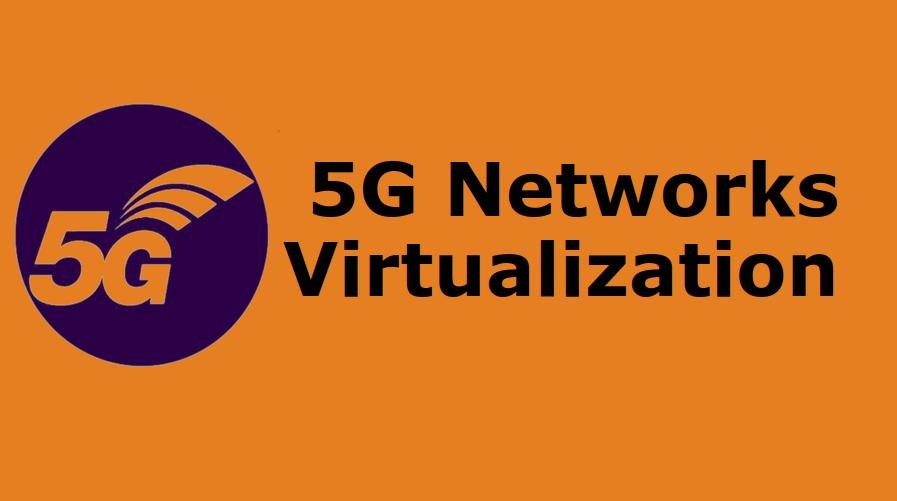LEO satellite system and CSPs offloading strategy
Author: CTIO Office, technology and operation council.
Date: 07th of June 2024.
The world continues to change rapidly in terms of Telecom Technology, Operators are now having multiple choices and solutions to overcome the traditional challenges and to open horizon for new growth opportunities. The 5G technology is driving the industry 4.0 revolution and the world’s digital transformation, inspiring C-level in the industry to be dragged towards new solutions and architecture.
Coverage in Rural areas is one of the main pain points for Operators worldwide, the low number of populations, wide distances, and low revenues are making Operators thinking twice before investing in building their Networks in rural areas.
LEO (Low Earth Orbit) satellites are attracting interest from Operators that wish to deliver fixed broadband connectivity to rural areas, LEO orbit, up to 2000 Km above the surface of earth, has advantages in remotes areas in terms of Low Latency (Up to 20ms) and high bandwidth per user compared to pre-5G fixed wireless.
Operators are partnering with LEO satellite providers to Supply broadband services in areas where the fixed line broadband is non-economical.

All three have launched satellites using 18 GHZ up to 40 GHZ band,high frequency bands enable higher data rates, higher BW, narrower beams, however yet higher potential to weather damage
Operators & LEO Satellite providers – Competition or Collaboration?
Main LEO satellite providers are still in early stage of deployment; therefore, Operators must quickly decide which kind of partnership to perform. Satellite providers are posing a threat to Mobile operators building terrestrial broadband because they are competing for same customer, from another point, Operators are placed low down in the partnership priority list of LEO providers. A potential resolution is to form this kind of Operator-satellite provider partnership. LEO satellites are an attractive solution for new connectivity infrastructure that’s why some Operators have started investing in LEO providers companies like Softbank investment in OneWeb. Given the fact that Connectivity in rural area is the primary use case for Satellites companies, a conflict is there between the less wealthy population in rural areas and the high cost of Satellite broadband services, partnership with Operators may be able to reduce this gap by Offering Internet services with reasonable prices and increase Satellite services market share.
New Services and New Revenue Streams
The demand for High bandwidth and Low Latency Services is increasing which gives LEO satellites an advantage as it provides both. New Solutions like In-Flight connectivity, which Eutelsat is working currently on (Flight connectivity development), another IoT services are currently growing, for example Amazon is using its LEO technology with Project Kuiper to track delivery drivers. Another benefit for people keeps travelling around the world as they will not be forced to switch SIM cards going from a country to another, finally, Mobile Backhaul can be one of the main use cases of LEO satellites.Mobile Operators can benefit from Partnership with LEO providers to prevent direct competition, Satellite providers will benefit from new revenue growth opportunity. The role of LEO satellites in Telecom Industry is still in its early phases, the demand can be significant if Partnership was able to reduce the cost.
Key Considerations for Telecom Industry
- LEO satellites could be used to provide fixed broadband services worldwide, and may be used to replace those with connection rates of less than 30Mbit/s.
- Starlink, owned by Space-X, is taking the lead in LEO industry with more than 700+ satellite, it means that deliver a worldwide broadband service is a fact, and LEO industry can go further.
- Current high-speed data services (as found in urban areas) for fibre, DSL, 4G and 5G will remain more competitive (in terms of performance and cost) than LEO-based services. The current download speeds for Starlink are only 36–60Mbit/s.
- Starlink and others will need to apply for telecoms licences if they wish to launch services such as voice. Starlink has applied to become a basic International Telecoms Services provider in Canada.
- LEO satellites could also be used for other remote services such as those linked to marine transport and In-Flight connectivity
Local co-operation with telecoms operators is therefore likely to be the preferred go-to-market model. In addition, this scale of LEO satellite constellation has never been used, and there may be unforeseen issues before full services can go live.


